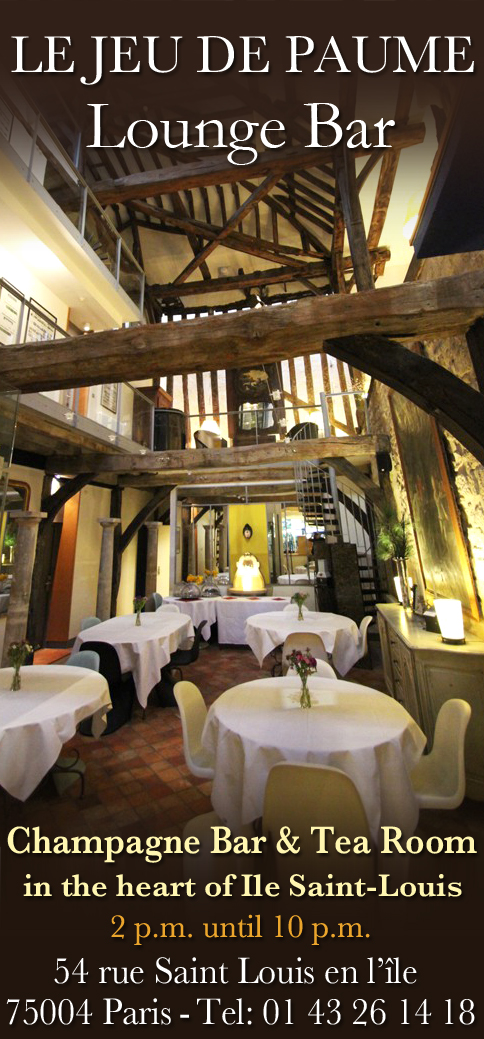 Rue Sainte Croix de la Bretonnerie
Rue Sainte Croix de la Bretonnerie
.jpg)
The rue Sainte Croix de Bretonnerie is one of the oldest streets in the Marais, it was built in the 13th century and named rue de Lagny, then rue de la Grande-Bretonnerie because it was located on the fief of Saint-Pierre de Lagny and on the orchards and farmlands called Champ-de-la-Bretonnerie. During the reign of Saint Louis, there were still only a few scattered houses in this neighborhood. At the end of the thirteenth century, it was still called the Rue des Champs aux Bretons. The canons of Sainte-Croix settled in the street in 1258, sheltered by the walls of Philippe Auguste. They quickly became one of the richest and most prominent communities of the Marais and it is for this reason, as early as 1314, that the rue Sainte-Croix de la Bretonnerie takes its current name. At the same time, further north in the Marais, under King Philippe le Bel, the French monarchy attacked the power of the Templars and had Jacques de Molay, Grand Master of the Templars, sentenced to the stake. He died in 1314 while casting his curse on the kings of France.
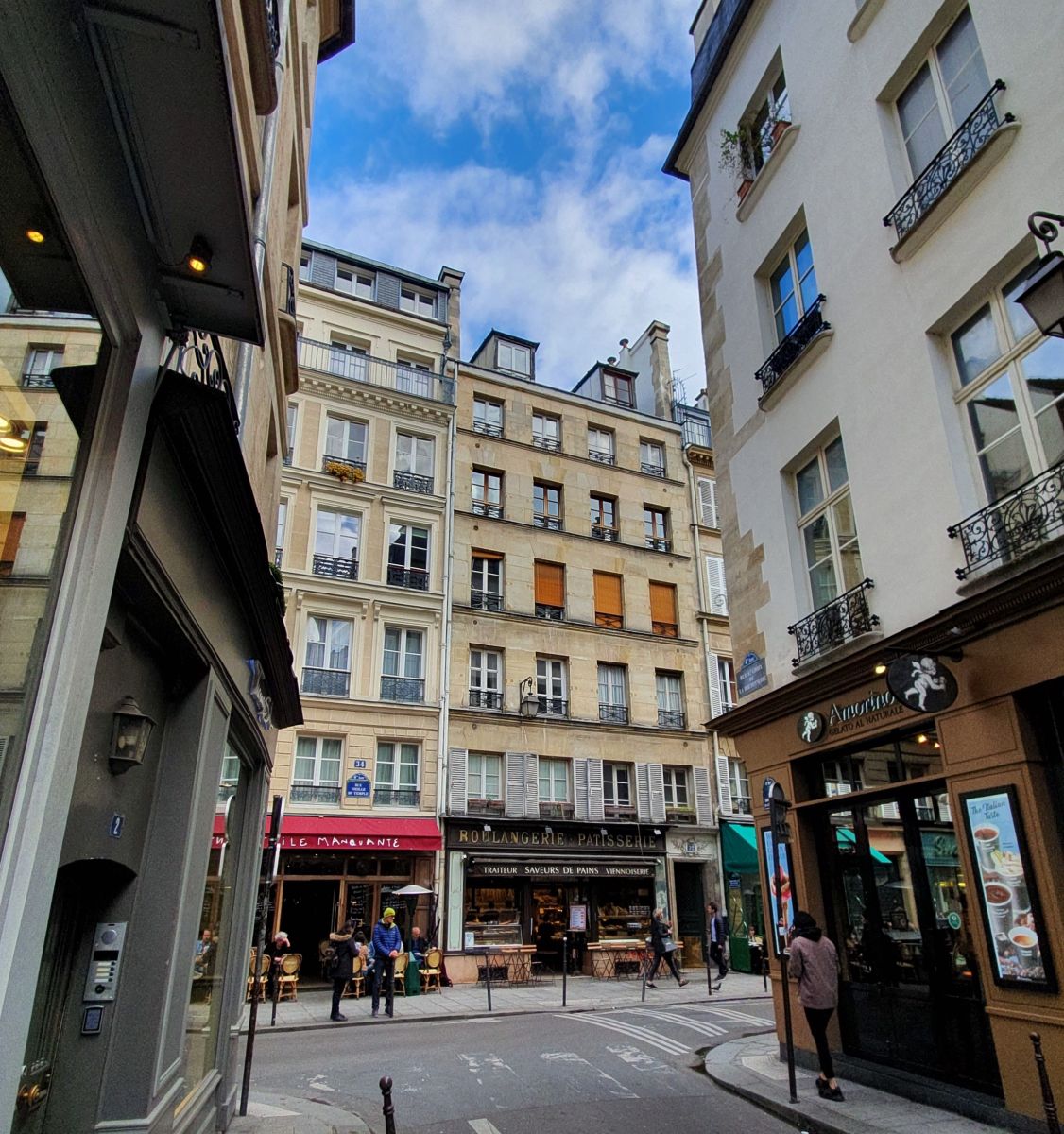
Accused of embezzlement, like other religious entities that grew rich at the expense of the poor and the nobility, the priory of Sainte-Croix de la Bretonnerie was closed in 1778 and demolished during the French Revolution, leaving the square of the same name. This place is now occupied by the very popular low-cost housing of the city of Paris, in the heart of the Marais, where real estate prices are constantly breaking records.
In the 19th century, the rue Sainte-Croix was located in the former 7th arrondissement, whose town hall was the current Hôtel de Saint-Aignan, now the Museum of Jewish Art. The district is invaded by craftsmen and a working class population and of course the Jewish community that has lived there since the Middle Ages.
In the 1970s, the comedian Jean-Marie Proslier created the Beaubourgeois, a cabaret restaurant where he likes to dress up and joke with his guests... It is a chic and unlikely place in a cut-throat street at the time... The restaurant disappeared like so many other small bistro addresses in the 1990s.
At the end of the 20th century, neglected like the whole Marais district until 1975, this street discovered a new vitality with the visible appearance of the gay community of Paris which left the rue Sainte Anne, Saint Germain des prés and the Halles to settle in these small dark streets, cheap, with insalubrious buildings where nobody wanted to live. In 1970, one could easily buy beautiful apartments for 1000 francs per square meter. The most mythical place remains the Open Café, still open today, which resists the forced gentrification of this neighborhood. The same goes for the bookshop Les Mots à la Bouche, the first bookshop dedicated to homosexual literature and culture since the 1980s. The mythical Coffee Shop has disappeared, the last gay cabaret the Spyce closed its doors at the end of 2015 and its regulars came to mourn it while the luxury boutiques grew like mushrooms.
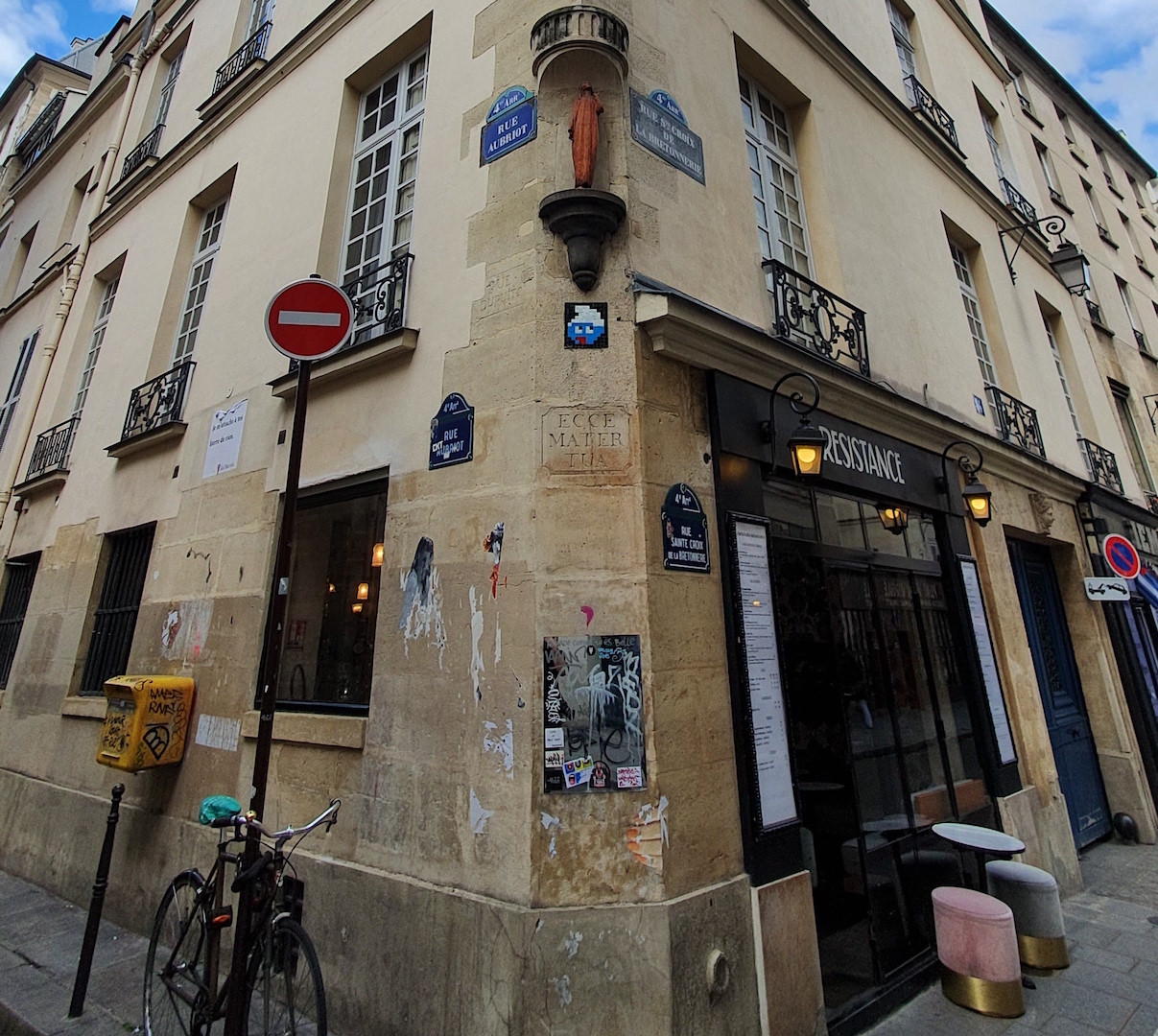
At the dawn of the 2020s, a balance seems to have been found between friendly places, restaurants, charming hotels such as La Bretonnerie, fashionable boutiques, a famous café-theater, le Point-Virgule, which has just celebrated its 40th anniversary, and the somewhat mass-market boutiques that can unfortunately be found in every city in the world.
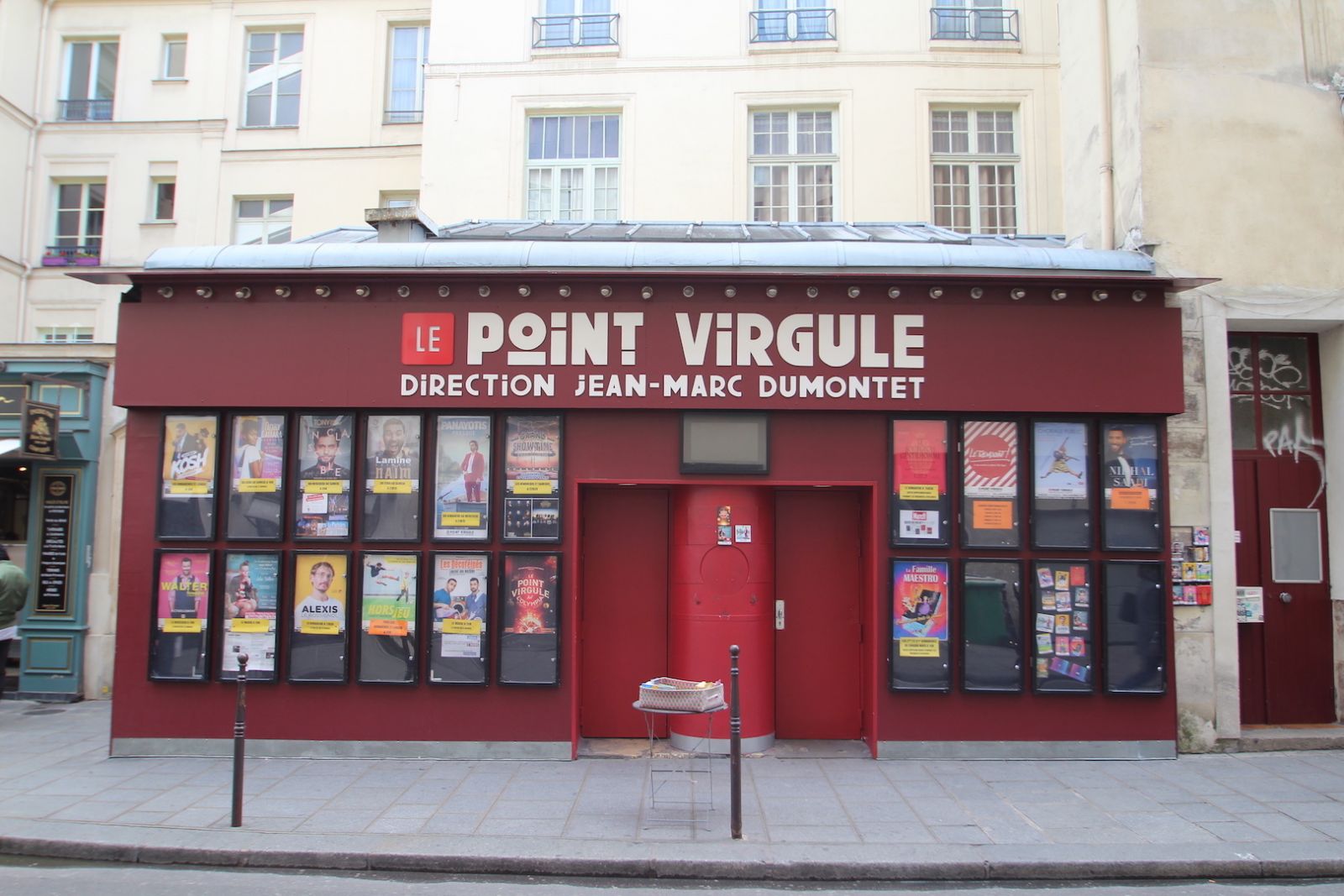
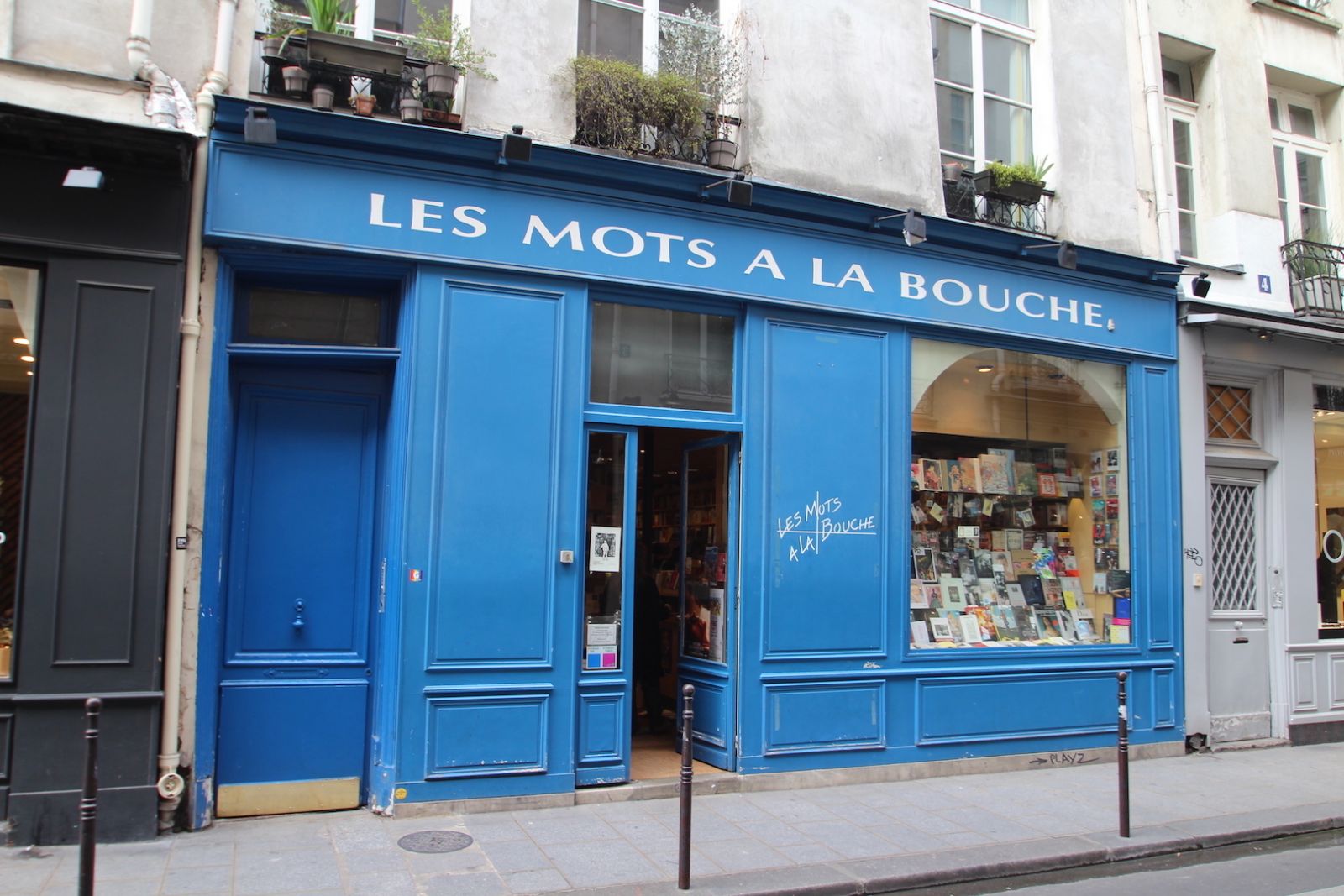


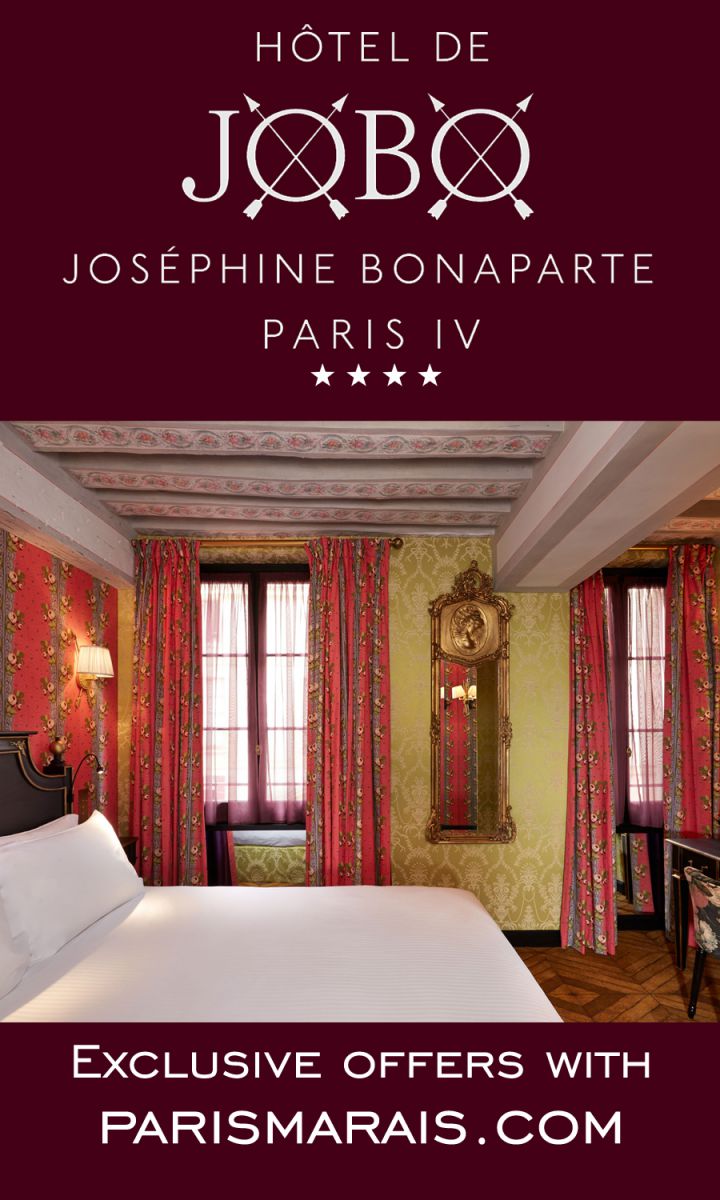
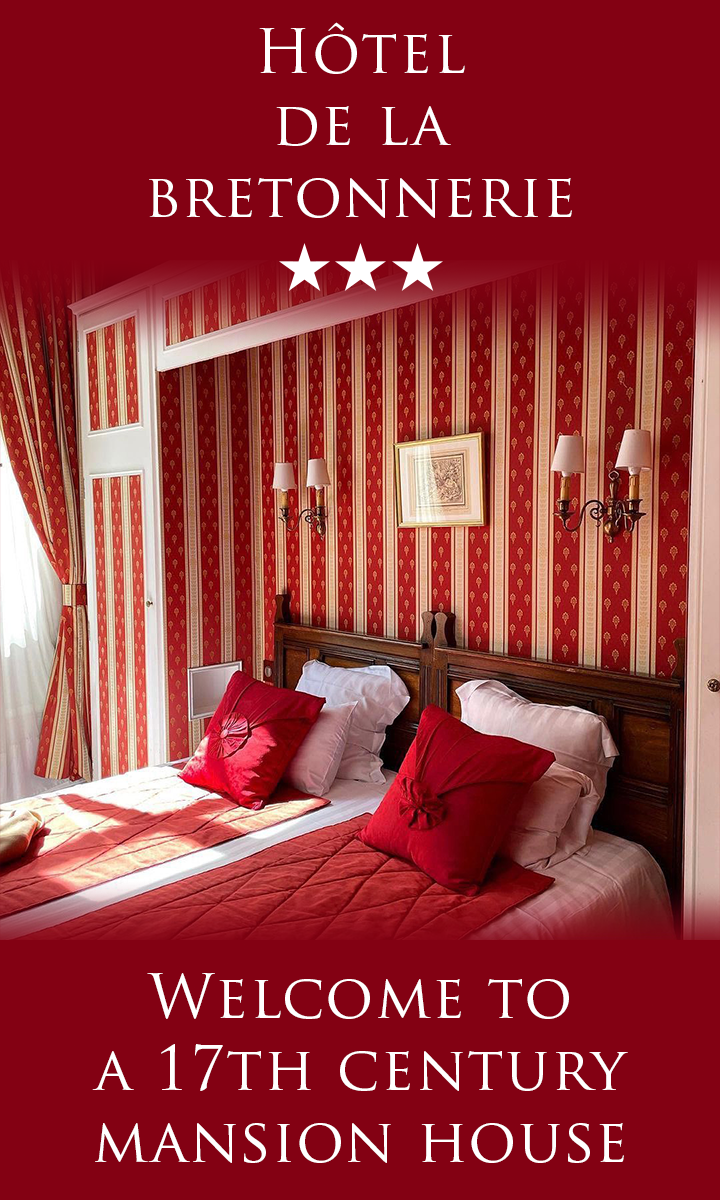
.jpg)
